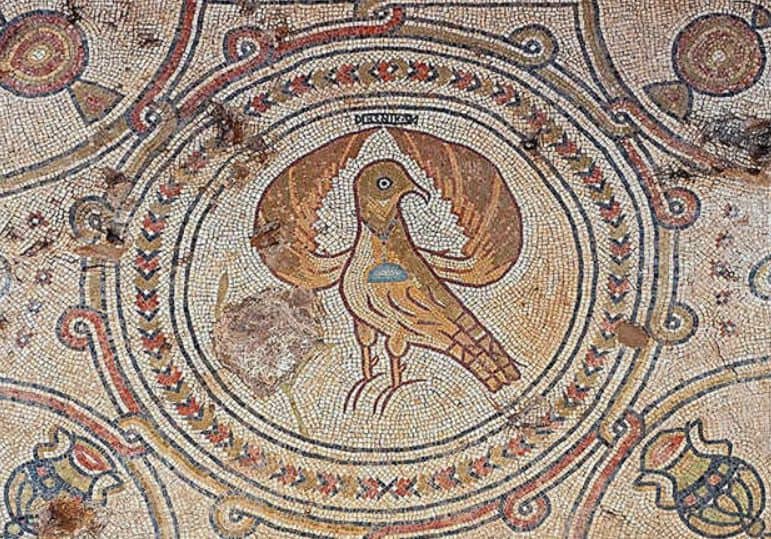
In the vicinity of Jerusalem, Israel Antiquities Authority found the ruins of a church dedicated to the unknown “glorious martyr,”. It was built during the rule of the Byzantine Empire, in the VI century. A beautifully preserved crypt with floor mosaics and a room where the relics of the martyr were found in the church. They have not survived to our time.
The church was found in the city of Beit Shemesh, which is located 30 kilometers west of Jerusalem. A settlement on this site existed under the Canaanites, who named it after the sun goddess Shemesh. The Bible says (Joshua 15:10) that the city was in the territory of the tribe of Judah. During the existence of the Byzantine Empire, a monastery was built in Beish Shemesh.
Three years ago, security excavations began on the outskirts of the city before the construction of residential buildings. During the work, archaeologists from the Israel Antiquities Authority found the ruins of a Christian temple with a well-preserved crypt. According to the head of the excavation, Benjamin Storchan, it was a huge complex, larger than most of the Byzantine churches that have still been found in Israel. Its area was about 1.5 thousand square meters.
The church building was a typical building for that time, consisting of a central and two side naves. The walls of the church were decorated with frescoes. Mosaics were made on the floor and on the walls. Part of the floor mosaics depicting birds, plants and geometric patterns has been preserved. There was a large courtyard in front of the temple. Judging by the preserved inscriptions in Greek, the complex was built under the emperor Justinian (527-565), about 542 years, and is dedicated to the “glorious martyr”, whose name was not indicated. Later, the temple was completed under the emperor of Tiberius Constantine (574-582 years). This is evidenced by the inscription of 583, preserved in one of the side chapels. Perhaps it was a memorial chapel of the emperor, as it preserved a mosaic depicting the imperial eagle.
A crypt was preserved under the church, in which were the relics of the saint. Two parallel staircases led there, one of which, apparently, went down, and the other pilgrims climbed. The relics themselves were not preserved.
Apparently, the church was a place of pilgrimage not only during the reign of the Byzantine Empire, but also for some time after the Arab conquest. This is evidenced by 300 ceramic lamps of the early Islamic period, which were found in the ruins of the church.
The church left in the 9th century. Presumably, it was already impossible to maintain because of the decrease in the number of Christian pilgrims and the growing number of local converts to Islam who, obviously, did not attend the Christian church. “The entrance to it was littered with large stones,” says Benjamin Storchan. “This meant that the last people here were aware that they would have to leave. But they had time to close the entrance and they hoped to return. “